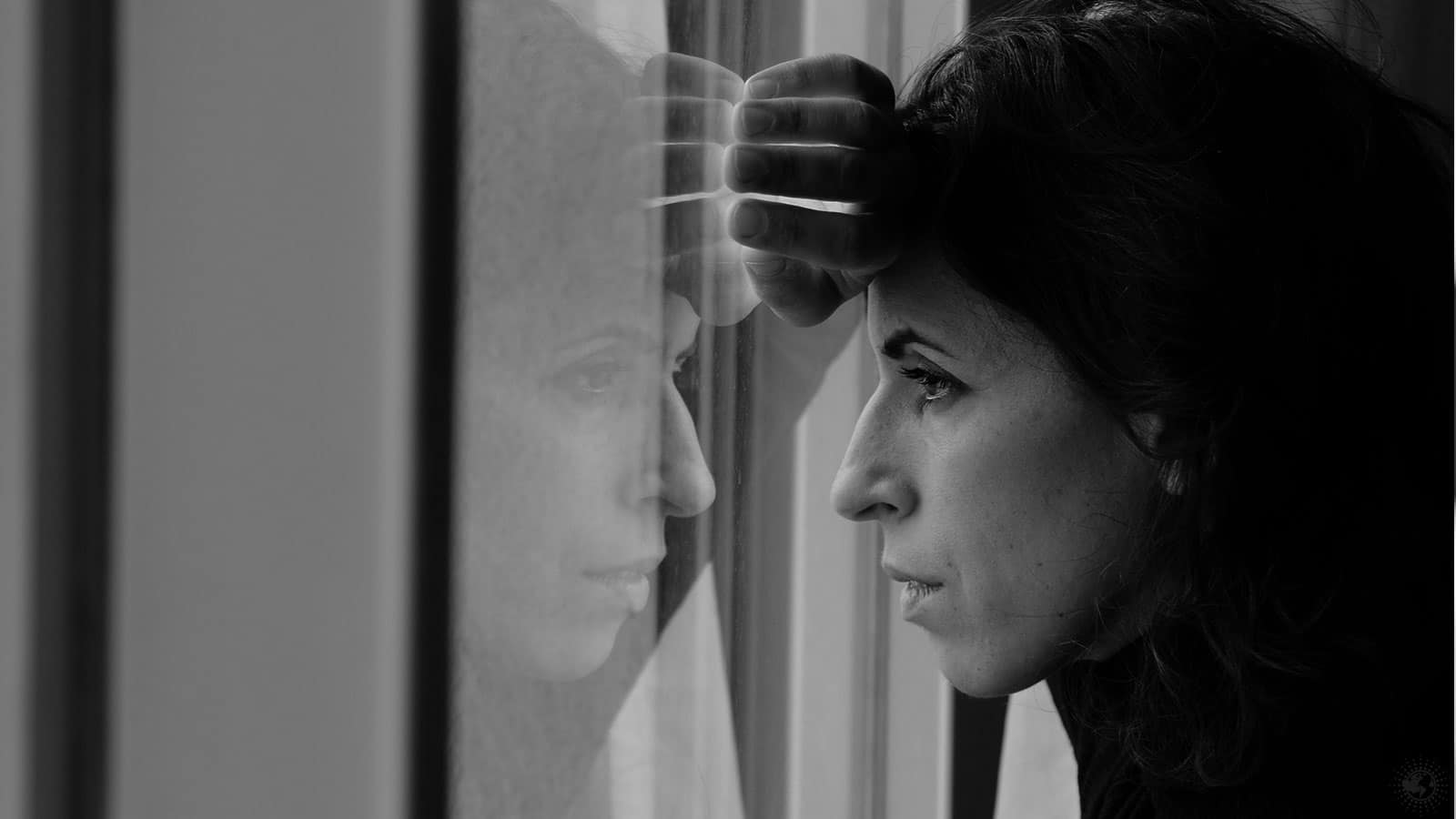We’re going to discuss how to take a perfect nap, according to science. We’ll also contemplate the science behind napping before wrapping up with some other napping tips.
Let’s do this!
The Science of Napping
“If you love naps, don’t waste naps, for naps are what life is made of.” ~ Bruce Lee (Source)
Eighty-five percent of mammals are what scientists call polyphasic sleepers, meaning they “sleep for several short sessions with one longer duration of a few hours” throughout the day.
Humans are part of the other 15 percent – we’re monophasic sleepers. That is, we designate two periods – one for waking hours and one for sleep. Something quite interesting is that we are polyphasic sleepers as babies. (Oh, and in case you are interested, cats and dogs are polyphasic too!)
The only time that humans break the polyphasic habit is when we nap. There is, however, a right and wrong way to catnap. Hence, the topic of this article.
The studies of napping are clear: short siestas are fantastic for health and performance. More recently, a study covered in Time magazine and published in the journal Heart researched the effects of napping on 3,462 people.
“We observed a significantly lower risk for [people] napping 1-2 times weekly for developing a CVD (cardiovascular disease) events,” the authors note. The study cites a 39 percent lower risk for CVD, even after adjusting for age, education, gender, smoking status, and sedentary (non-active) lifestyles.
A 2009 meta-analysis of nine studies, published in the Journal of Sleep Research, found that regular napping enhanced cognitive performance, especially memory. Other benefits of getting that rest cited in the article include:
– physical and mental recovery from sleep deprivation
– improvements in self-reported measures of subjective mood
– reduced fatigue and sleepiness during the daytime
– enhanced performance on multiple tasks, including logical reasoning, mathematics, reaction time, and symbol recognition
A 2008 study published in the journal Behavioral Brain Research
Heck, the government is all in on napping. A 1994 study from scientists at NASA found that a 40-minute siesta “reduces fatigue and improves alertness and performance” in commercial airline pilots.
The result?
A total of three pilots are now required by federal law to fly “long-haul” flights – those lasting over eight hours. Whereas before the study, two pilots were the norm. If you were to walk into the cockpit during one of these longer flights (not recommended), you’d always see one pilot resting up.
If snoozing is good enough for NASA, it’s good enough for us!
Nap Types
According to the National Sleep Foundation (NSF), there are three types of naps:
1) Emergency naps:
Taken when we can no longer safely engage in an activity due to excessive tiredness or sleepiness. This sleep type is common among those who experience fatigue while driving or when operating heavy machinery.
2) Habitual nap:
Naps that are taken at the same time each day. Young children who generally fall asleep around the same time each afternoon are one example. Another is adults who regularly nap after lunch or after getting home from work.
3) Planned (preparatory) naps:
Planned (or ‘preparatory’ naps) are periods of rest taken before one gets sleepy. Planning napping is used strategically to counteract anticipatory fatigue due to a scheduling anomaly (e.g., having to work or study late into the night.)
How to Take the Perfect Nap, According to Science
Without further delay, here is how to take the perfect snooze, according to science:
-
Get over any stigma
So, you’ll have to get over any ignorant, unscientific stigma you may hold about napping. This includes the stigma created by idiots who, for some reason, decided to equate napping as a sign of laziness or some other type of dysfunction.
These people probably also insist that the earth is flat, and dinosaurs lived 5,000 years ago.
There’s nothing wrong with napping unless you’re not doing it the right way.
-
Nap for 60 minutes, max
Sleeping for longer than an hour may leave you with some nasty sleep inertia. Disorientation and grogginess are common “symptoms” of sleep inertia, which can be challenging to contend with if you still have work to do. Even if you don’t, you may end up feeling like a zombie for a long time.
Longer naps can also interfere with your ability to sleep during the night. This is a far more concerning aftereffect of napping too long than sleep inertia, and can potentially impact our quality of life.
-
Actually, go for 30 minutes
Some people can’t get adequate rest under 60 minutes, and that’s fine. Better some grogginess than sleep deprivation.
But science says that there are certain benefits for capping a siesta at 30. Most research cites a nap duration of 20 to 30 minutes, no longer, to reap the rewards.
-
Set the right conditions
Some of us can sleep anytime, anywhere. If you aren’t one of these lucky ones, you’ll need to arrange things a bit. Set a comfortable room temperature and isolate yourself from noise as much as possible. Darken the room as much as possible. You may try using earplugs, a neck pillow, and a sleep mask to see if they help.
An underrated tip: use your bed only for sleeping. That means don’t read, send messages, or have long conversations. When in bed, sleep. If you need to do something else, get out of bed. The same applies to nap.
-
Keep in a ‘rhythm.’
The circadian rhythm, that is. The circadian rhythm is a biologically-programmed 24-hour system that, among other things, determines our quantity and quality of sleep. Research shows that naps between the hours of 1 and 3 pm are the most favorable to restful nighttime sleep.
Napping at random times can throw off our circadian rhythm and disturb rest. Moreover, this behavior counterproductive to good health and productivity.
-
Know about REM and SWS (then figure out which one you want)
Depending on when you take a nap, you may experience more rapid eye movement (REM) or slow-wave sleep (SWS). There are certain benefits and drawbacks to both.
‘REM naps’ are common when napping earlier in the day, say the late-morning or early afternoon. This time frame ‘fits’ our circadian schedule, but may not rejuvenate people who need deeper sleep. REM naps are also conducive to creativity, lucidity, and dreaming. SWS naps rejuvenate the body more, however. SWS naps are to be experienced during the late-afternoon, which puts them outside of ideal napping hours.
-
Practice “The Perfect Nap”
Sara Mednick, a sleep researcher and author, actually came up with the phrase “The Perfect Nap.” It’s restricted, however, to those who have the time (it takes 90 minutes) to commit to the elite napping program.
Here’s how it works:
(1) Fall asleep during the “prime napping zone” time: 1 to 3 pm.
(2) Stay napping for precisely 90 minutes (setting an alarm clock is recommended.)
Why does this work? Because it takes the brain 90 minutes to go through one full sleep cycle, including the SWS and REM phases mentioned earlier.
-
Drink some caffeine
In one study, published in the journal Clinical Neurophysiology, Japanese researchers sought to determine the effectiveness of five nap strategies against mid-afternoon sleepiness.
Among the strategies implemented: a straight 20-minute nap, 200 mg of caffeine followed by a short period of rest, exposure to 2000 lux (lx) of bright light for one minute after the nap, face-washing immediately upon waking up from snoozing, and a 20-minute rest without sleep.
The research team noted that caffeine with a nap is “most effective for [improving] subjective sleepiness and [increasing] performance.”
So, after finishing that java, hit the hay for 20 minutes!
 Final Thoughts: Getting Serious About Sleep
Final Thoughts: Getting Serious About Sleep
It’s time for a bit of tough love about sleep – something that many others also need to hear.
Too many of us treat sleep as a trivial event – something our body forces us to do, so we begrudgingly comply. If you’re looking for proof of this statement, look no further than these statistics:
– 1 in 3 Americans meets the clinical definition of sleep deprivation. (Including 50 percent of our police officers and military members.)
– In 2018, people were more 25 percent more likely to experience sleep deprivation at some point than in 2010.
– Over 80 percent of high school students are chronically sleep-deprived.
And it’s not like we don’t have the time to get proper rest (a common excuse) since the average person watches about four hours of television per night.
This is foolish. Detrimental, irresponsible, and foolish.
Detrimental because we are damaging our own bodies – and potentially risking our own lives – by not taking sleep seriously.
Irresponsible because we are putting the health and well-being of ourselves, our fellow citizens, and our kids’ health at risk by not prioritizing sleep.
Foolish because proper sleep is something that is under the control of every single person.
Including all bad sleepers. So let’s get back on track to feeling better by taking sleep a bit more seriously.














